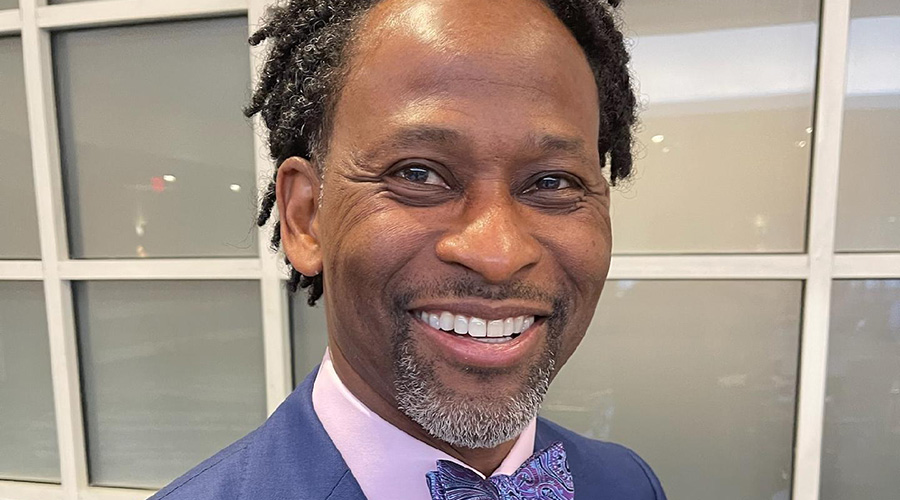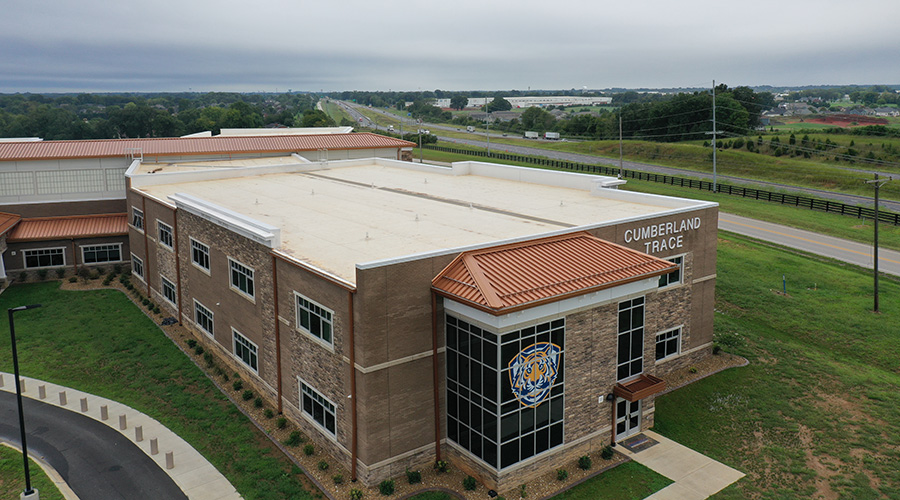Five Long-Term Strategic Planning Tips for College Campuses
On Oct. 5, 2010, President Obama delivered a speech to the first-ever White House Summit on Community Colleges. During the speech, he identified the need to upgrade and expand community colleges in the United States. This is a must, he said, as our country struggles to cope with a younger, growing workforce in need of training, and current workers seeking retraining. He suggested that the community college option should be available to an additional 5 million students by the year 2020.
Given the state of much of the nation's current community college infrastructure, this presents a significant challenge — a challenge that applies not just to community colleges, but every college and university across the country. To meet this challenge, existing college facilities will have to be updated. New facilities will have to be planned and constructed at a fast clip.
A number of factors come into play when an institution initiates development of a new campus or expansion of facilities at an existing campus. Initiatives generally fall into two categories: strategic or tactical. Tactical planning includes the nuts-and-bolts, building-upgrade-related issues facility managers need to consider before relocation of functions and activities. Part of this is considering how tactical moves fit into strategic planning, which takes into account big-picture items. Let's take a look at both, and some of the considerations that fall under each category when planning a campus expansion or redevelopment.
Strategic Planning
Strategic initiatives — such as enlargement of campuses or development of new campuses — produce broad-based results that can last 30 to 50 years. The following five items are important to consider when doing long-term strategic planning: enrollment accommodation, funding, suburban campus locations, socio-economic characteristics and land carrying capacity analysis.
1. Enrollment Accommodation — First, it is essential to determine the existing intensity of campus facilities utilization. Utilization measures the extent of current use of built facilities, benchmarked against industry standards and in conformance with the Council of Educational Facilities Planners International.
Second is the determination of available growth trends related to student participation and selection of the most likely scenario or demographics. And third is the determination of incremental shortfall in usable space, including the impact of new facilities under development.
Two components of utilization can be measured — room utilization and section occupancy, which measures how full the scheduled sections are. Combining these two components efficiently measures the practical use of each room. Results can be compared to established benchmarks.
Secondly, look at demographics. The primary purpose of demographics is to select the most likely growth scenario through careful analysis of available growth trends related to student participation. This count can also be applied to sizing of support areas such as parking.
Finally, develop some future projections. The purpose of projections is to estimate present and future shortfalls in primary, secondary and support space, in five-year increments.
2. Funding — Planned development moves to improve and enhance facilities are always based on available funding. Thus it is imperative that those working on formulation of the plans of action understand more than just project delivery.
The project team should be familiar with financing mechanisms, project organization, management, facility planning and programming as well as bond covenants. Thereafter, the working team should include technical specialists such as architects; building specialists, including but not limited to laboratory, IT, acoustical, security and other consultants; contractors and construction administrators. The team should consist of specialists knowledgeable in determination of return on assets and should perform discounted cash flows as well as cost/benefit analysis on specific projects as well as on a campus or systems-wide basis.
3. Suburban Campus Locations — Suburban campus development plans must take into consideration anticipated development patterns of the city to assure efficient campus growth over time.
In or around a city that is physically expanding — for example, Houston, a city that does not have land-use controls — the plan has to be cognizant of the growth patterns of cities, and be able to anticipate ongoing changes and incremental needs. Knowledge of utility system growth, traffic pattern shifts, effect of mass transit, and changing development densities are but a few examples.
4. Socio-economic Characteristics — Community colleges fill a very specific need and can generate graduates that can meet the workforce requirements of the industrial base. Campus curriculums should take into consideration the changing socio-economic characteristics of the area.
Programmed educational space should meet the needs of the surrounding industrial and non-industrial land uses. Therefore, a group of trucking firms could attract a truck driving school; ports need educated stevedores; and the petro-chemical industry would absorb students with a science background.
5. Land-Carrying Capacity Analysis — Early in redevelopment planning, land-carrying capacity parameters should be set. Land-carrying capacity defines the extent to which an environment can be used without being depleted. These parameters should be based on factors such as: available land; anticipated development density or floor area ratio and height/intensity indexes; surrounding land development patterns; land price as well as anticipated character of the campus.
Related Topics:












